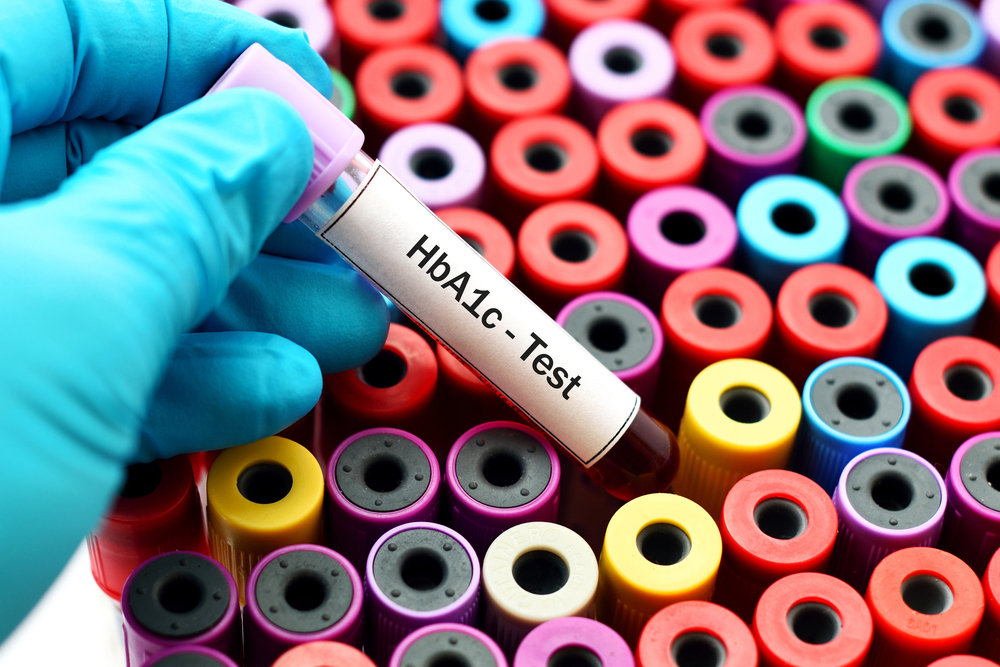Diabetic Foot Ulcers: Causes & Symptoms

Diabetes can present various challenges, and one of the most common complications is the development of diabetic foot ulcers. These ulcers are painful and challenging to heal, but they can be treated with proper management and care.
What are diabetic foot ulcers?
Diabetic foot ulcers are wounds or sores that commonly develop on the feet of people with diabetes. These ulcers are often a result of a combination of factors, including nerve damage, poor blood circulation, and reduced sensation, which can make it challenging to detect injuries or pressure points that lead to ulcers.
Diabetic ulcers on the feet typically progress through stages as they develop and worsen. The five stages of diabetic foot ulcers are as follows:
- Stage 1: In this initial stage, the ulcer typically appears as a reddened area on the skin, indicating the beginning of tissue damage.
- Stage 2: As the ulcer progresses, it begins to impact the deeper layers of the skin, forming a shallow open sore or abrasion. The wound may involve the epidermis and part of the dermis, presenting as a shallow crater with a red or pink wound bed. There might be some drainage, and the area could be surrounded by swelling or inflammation.
- Stage 3: The ulcer extends further into the subcutaneous tissue, resulting in a deeper wound that may appear as a crater with significant tissue loss. The ulcer may expose underlying fat but does not extend to the underlying muscle, bone, or joint. Signs of infection become more prevalent, and the risk of complications increases.
- Stage 4: The ulcer continues to deepen and may involve the exposure of muscle, tendon, or bone. The tissue damage becomes more extensive, and the risk of severe infection and complications, such as osteomyelitis (bone infection), increases significantly. The wound may appear as a deep cavity with visible muscle, tendon, or bone.
- Stage 5: This stage indicates the most severe form of a diabetic foot ulcer, where extensive tissue loss occurs, exposing muscle, tendon, or bone and potentially leading to severe complications, such as gangrene or systemic infections. The risk of amputation becomes a significant concern at this stage, emphasising the critical need for immediate and intensive medical intervention.
What causes diabetic foot ulcers?
The primary culprit behind diabetic foot ulcers is rising blood sugar levels, which can lead to nerve damage (neuropathy) and impaired blood circulation. Additionally, foot deformities, ill-fitting shoes, and injuries that go unnoticed due to decreased sensation can contribute to the development of these ulcers.
Who is prone to diabetic foot ulcers?
Individuals with poorly managed diabetes, especially those with a long history of the condition, are at a greater risk of developing diabetic foot ulcers. Poor blood sugar control, smoking, excessive alcohol consumption, and a lack of proper foot care can also increase the risk of developing these ulcers.
What are the symptoms of diabetic foot ulcers?
Common symptoms of diabetic foot ulcers include persistent redness, swelling, and the presence of an open sore on the foot. Pain, warmth, and drainage from the wound are also signs that warrant immediate attention from a doctor.
What is the diagnosis of diabetic foot ulcers?
Doctors will thoroughly examine the affected foot, checking for signs of infection, reduced sensation, and poor circulation. They may also perform additional tests, such as a foot X-ray or a Doppler ultrasound, to assess the level of the damage and determine the best course of treatment.
How can diabetic foot ulcers be managed?
Self-care and regular monitoring are necessary for diabetic foot ulcer treatment. Here are some essential tips for managing diabetic foot ulcers:
- Wound Care: Diabetic foot wound care is essential for the management of diabetic foot ulcers. Keep the ulcer clean and dry, and follow the doctor’s recommendations for dressing and care.
- Blood Sugar Control: Maintain healthy blood sugar levels through proper diet, exercise, and medication as a doctor prescribes.
- Footwear: Wear comfortable, well-fitting shoes and avoid walking barefoot to minimise the risk of injuries.
- Regular Foot Exams: Schedule regular check-ups with a healthcare provider to monitor any changes and address concerns promptly. Doctors may prescribe a diabetic foot wound healing ointment for effective treatment of diabetic foot ulcers.
- Healthy Lifestyle: Adopt a healthy lifestyle that includes a balanced diet, optimal exercise, and avoidance of tobacco and excessive alcohol consumption.
FAQs
- How to speed up the healing of diabetic foot ulcers?
To boost the healing of diabetic foot ulcers, it is crucial to prioritise meticulous wound care, maintain strict blood sugar control, and alleviate pressure on the affected foot. Working closely with a doctor and following a tailored treatment plan can maximise the chances of expediting the healing of diabetic foot ulcers and reducing the risk of complications.
- What are the five stages of diabetic foot ulcer?
Diabetic foot ulcers progress through five stages:
- Stage 1: Reddened area on the skin with no open wound.
- Stage 2: Shallow open sore or abrasion involving the upper layers of skin.
- Stage 3: Deeper ulcer extending into the subcutaneous tissue.
- Stage 4: Ulcer exposes muscle, tendon, or bone.
- Stage 5: Severe tissue loss with potential for systemic complications, such as gangrene.














